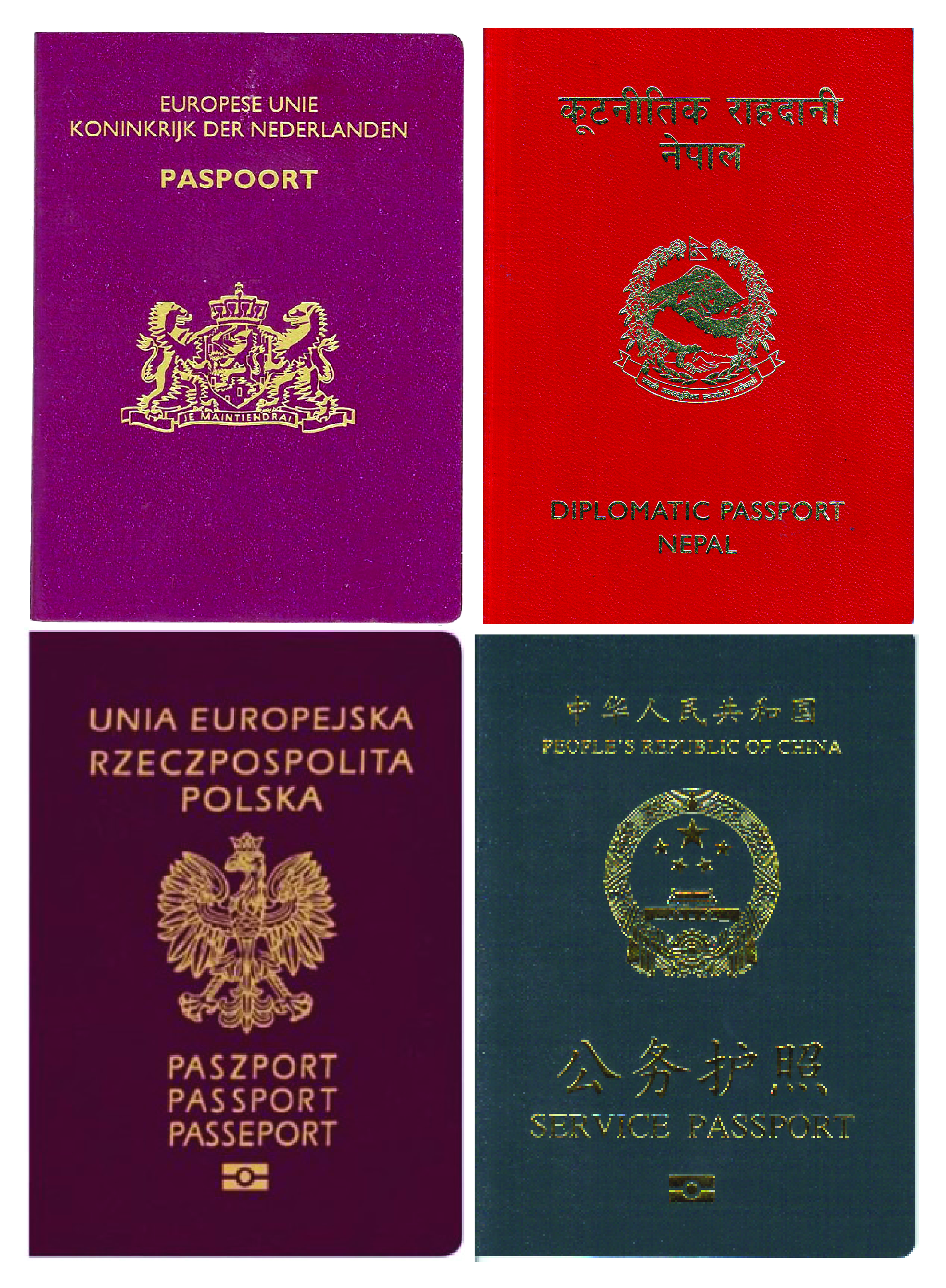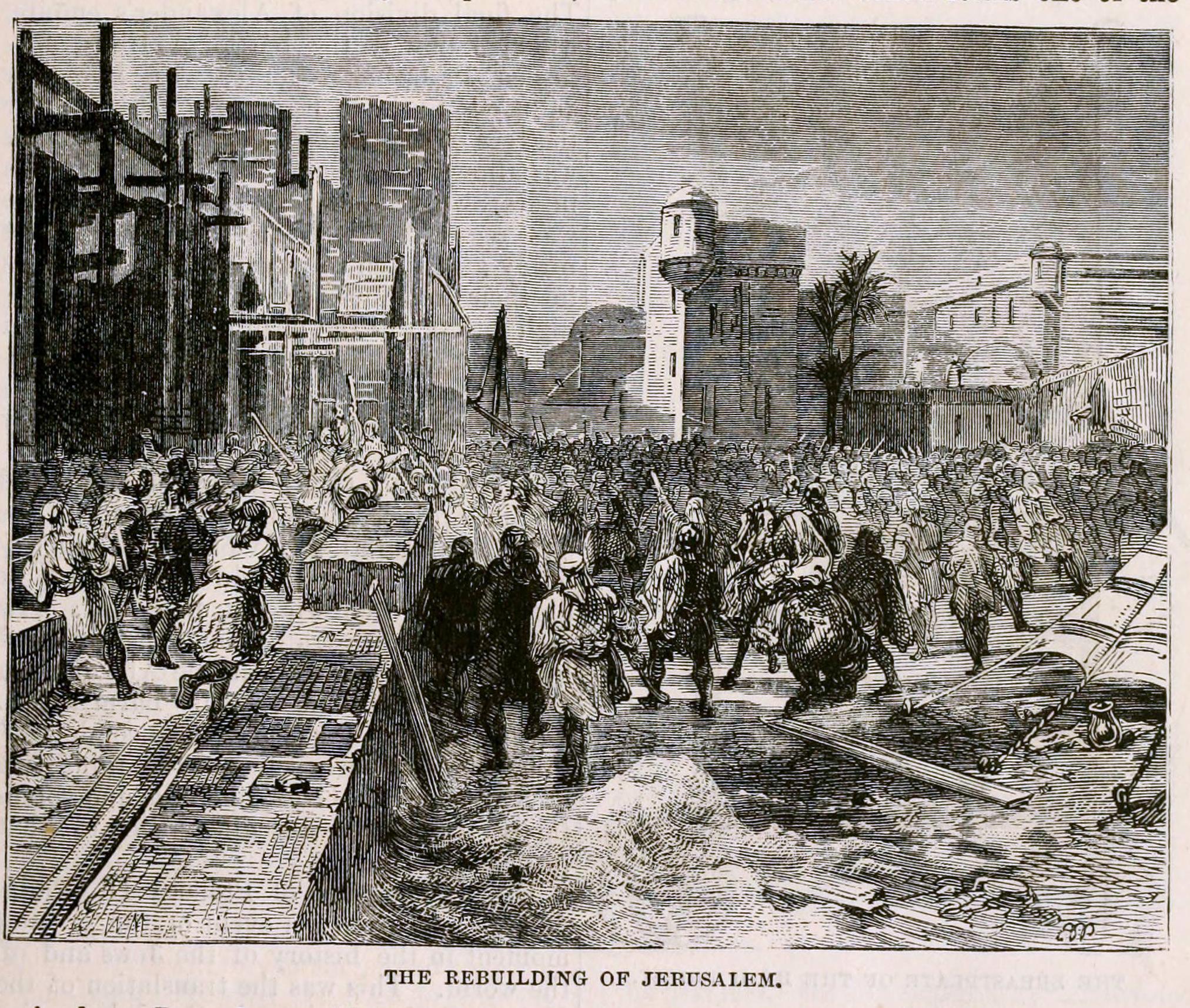|
Passport
A passport is an official travel document issued by a government that contains a person's identity for international travel. A person with a passport can travel to and from foreign countries more easily and access consular assistance. A passport certifies the personal identity and nationality of its holder. It is typical for passports to contain the full name, photograph, place and date of birth, signature, and the issue and expiration dates of the passport. While passports are typically issued by national governments, certain subnational governments are authorised to issue passports to citizens residing within their borders. Many nations issue (or plan to issue) biometric passports that contain an embedded microchip, making them machine-readable and difficult to counterfeit. , there were over 150 jurisdictions issuing e-passports. Previously issued non-biometric machine-readable passports usually remain valid until their respective expiration dates. A passport holder is norm ... [...More Info...] [...Related Items...] OR: [Wikipedia] [Google] [Baidu] |
Machine-readable Medium
In communications and computing a machine-readable medium, or computer-readable medium, is a medium capable of storing data in a format readable by a mechanical device (rather than human readable). Examples of machine-readable media include magnetic media such as magnetic disks, cards, tapes, and drums, punched cards and paper tapes, optical discs, barcodes and magnetic ink characters. Common machine-readable technologies include magnetic recording, processing waveforms, and barcodes. Optical character recognition (OCR) can be used to enable machines to read information available to humans. Any information retrievable by any form of energy can be machine-readable. Examples include: *Acoustics *Chemical **Photochemical *Electrical **Semiconductor used in volatile RAM microchips **Floating-gate transistor used in non-volatile memory cards **Radio transmission *Magnetic storage *Mechanical ** Tins And Swins *** Punched card *** Paper tape ****Music roll *** Music box cylind ... [...More Info...] [...Related Items...] OR: [Wikipedia] [Google] [Baidu] |
Arthashastra
The ''Arthashastra'' ( sa, अर्थशास्त्रम्, ) is an Ancient Indian Sanskrit treatise on statecraft, political science, economic policy and military strategy. Kautilya, also identified as Vishnugupta and Chanakya, is traditionally credited as the author of the text.: "References to the work in other Sanskrit literature attribute it variously to , and . The same individual is meant in each case. The '' Pańcatantra'' explicitly identifies Chanakya with ." The latter was a scholar at Takshashila, the teacher and guardian of Emperor Chandragupta Maurya. Some scholars believe them to be the same person, while a few have questioned this identification.; : "while in his character as author of an ''arthaśāstra'' he is generally referred to by his '' gotra'' name, ;": "T. Burrow... has now shown that Cāṇakya is also a ''gotra'' name, which in conjunction with other evidence makes it clear that we are dealing with distinct persons, the minister Cāṇaky ... [...More Info...] [...Related Items...] OR: [Wikipedia] [Google] [Baidu] |
Judea
Judea or Judaea ( or ; from he, יהודה, Hebrew language#Modern Hebrew, Standard ''Yəhūda'', Tiberian vocalization, Tiberian ''Yehūḏā''; el, Ἰουδαία, ; la, Iūdaea) is an ancient, historic, Biblical Hebrew, contemporaneous Latin, and the modern-day name of the mountainous southern part of the modern States of State of Palestine, Palestine and Israel. The name originates from the Hebrew name Judah (son of Jacob), Yehudah, a son of the biblical Patriarchs (Bible), patriarch Jacob, Jacob/Israel, with Yehudah's progeny forming the biblical Israelite tribe of Judah (Yehudah) and later the associated Kingdom of Judah. Related nomenclature continued to be used by the Babylonians, Achaemenid Empire, Persian, Hellenistic period, Hellenistic, and Roman Empire, Roman periods as the Yehud (Babylonian province), Babylonian and Yehud (Persian province), Persian Yehud, Hasmonean Kingdom, Hasmonean Kingdom of Judea, and consequently Herodian Kingdom, Herodian and Judea (Rom ... [...More Info...] [...Related Items...] OR: [Wikipedia] [Google] [Baidu] |
Artaxerxes I Of Persia
Artaxerxes I (, peo, 𐎠𐎼𐎫𐎧𐏁𐏂𐎠 ; grc-gre, Ἀρταξέρξης) was the fifth King of Kings of the Achaemenid Empire, from 465 to December 424 BC. He was the third son of Xerxes I. He may have been the " Artasyrus" mentioned by Herodotus as being a satrap of the royal satrapy of Bactria. In Greek sources he is also surnamed "long-handed" ( grc, μακρόχειρ ''Makrókheir''; la, Longimanus), allegedly because his right hand was longer than his left. Succession to the throne Artaxerxes was probably born in the reign of his grandfather Darius I, to the emperor's son and heir, Xerxes I. In 465 BC, Xerxes I was murdered by ''Hazarapat'' ("commander of thousand") Artabanus, the commander of the royal bodyguard and the most powerful official in the Persian court, with the help of a eunuch, Aspamitres. Greek historians give contradicting accounts of events. According to Ctesias (in ''Persica'' 20), Artabanus then accused Crown Prince Dariu ... [...More Info...] [...Related Items...] OR: [Wikipedia] [Google] [Baidu] |
Nehemiah
Nehemiah is the central figure of the Book of Nehemiah, which describes his work in rebuilding Jerusalem during the Second Temple period. He was governor of Persian Judea under Artaxerxes I of Persia (465–424 BC). The name is pronounced or in English. It is in Hebrew , ''Nəḥemyāh'', " Yah comforts". Most scholars believe Nehemiah was a real historical figure and that the Nehemiah Memoir, a name given by scholars to certain portions of the book written in the first person, is historically reliable.For confirmation that many scholars share this view, see For confirmation that most scholars share this view, see For an author who disagrees with the scholarly majority position on the historicity of Nehemiah and Ezra, but acknowledges the existence of that majority, see Book of Nehemiah narrative In the 20th year of Artaxerxes I (445 or 444 BC), Nehemiah was cup-bearer to the king. Learning that the remnant of Jews in Judah were in distress and that the walls of Jerus ... [...More Info...] [...Related Items...] OR: [Wikipedia] [Google] [Baidu] |
Book Of Nehemiah
The Book of Nehemiah in the Hebrew Bible, largely takes the form of a first-person memoir concerning the rebuilding of the walls of Jerusalem after the Babylonian exile by Nehemiah, a Jew who is a high official at the Persian court, and the dedication of the city and its people to God's laws (Torah). Since the 16th century, it has generally been treated as a separate book within the Bible. Before that date, it had been included in the Book of Ezra; but in Latin Christian Bibles from the 13th century onwards, the Vulgate Book of Ezra was divided into two texts, called respectively the First and Second books of Ezra; a separation which became canonised with the first printed bibles in Hebrew and Latin. Mid 16th century Reformed Protestant Bible translations produced in Geneva were the first to introduce the name 'Book of Nehemiah' for the text formerly called the 'Second Book of Ezra'. Summary The events take place in the second half of the 5th century BC. Listed together with the ... [...More Info...] [...Related Items...] OR: [Wikipedia] [Google] [Baidu] |
Hebrew Bible
The Hebrew Bible or Tanakh (;"Tanach" ''Random House Webster's Unabridged Dictionary''. Hebrew: ''Tānāḵh''), also known in Hebrew as Miqra (; Hebrew: ''Mīqrā''), is the Biblical canon, canonical collection of Hebrew language, Hebrew scriptures, including the Torah, the Nevi'im, and the Ketuvim. Different branches of Judaism and Samaritanism have maintained different versions of the canon, including the 3rd-century Septuagint text used by Second-Temple Judaism, the Syriac language Peshitta, the Samaritan Torah, the Dead Sea Scrolls, and most recently the 10th century medieval Masoretic Text, Masoretic text created by the Masoretes currently used in modern Rabbinic Judaism. The terms "Hebrew Bible" or "Hebrew Canon" are frequently confused with the Masoretic text, however, this is a medieval version and one of several ... [...More Info...] [...Related Items...] OR: [Wikipedia] [Google] [Baidu] |
Diplomatic Immunity
Diplomatic immunity is a principle of international law by which certain foreign government officials are recognized as having legal immunity from the jurisdiction of another country.Diplomatic and Consular Immunity: Guidance for Law Enforcement and Judicial Authorities U.S. Department of State, Office of Foreign Missions. It allows diplomats safe passage and freedom of travel in a host country and accords almost total protection from local lawsuits and prosecution. Diplomatic immunity is one of the oldest and most widespread practices in ; [...More Info...] [...Related Items...] OR: [Wikipedia] [Google] [Baidu] |
Diplomat
A diplomat (from grc, δίπλωμα; romanized ''diploma'') is a person appointed by a state or an intergovernmental institution such as the United Nations or the European Union to conduct diplomacy with one or more other states or international organizations. The main functions of diplomats are: representation and protection of the interests and nationals of the sending state; initiation and facilitation of strategic agreements; treaties and conventions; promotion of information; trade and commerce; technology; and friendly relations. Seasoned diplomats of international repute are used in international organizations (for example, the United Nations, the world's largest diplomatic forum) as well as multinational companies for their experience in management and negotiating skills. Diplomats are members of foreign services and diplomatic corps of various nations of the world. The sending state is required to get the consent of the receiving state for a person proposed to serv ... [...More Info...] [...Related Items...] OR: [Wikipedia] [Google] [Baidu] |
British Nationals
British nationality law prescribes the conditions under which a person is recognised as being a national of the United Kingdom. The six different classes of British nationality each have varying degrees of civil and political rights, due to the UK's historical status as a colonial empire. The primary class of British nationality is British citizenship, which is associated with the United Kingdom itself and the Crown dependencies. Foreign nationals may naturalize as British citizens after meeting a minimum residence requirement (usually five years) and acquiring settled status. British nationals associated with a current British Overseas Territory are British Overseas Territories citizens (BOTCs). Almost all BOTCs (except for those from Akrotiri and Dhekelia) have also been British citizens since 2002. Individuals connected with former British colonies may hold residual forms of British nationality, which do not confer an automatic right of abode in the United Kingdom and gener ... [...More Info...] [...Related Items...] OR: [Wikipedia] [Google] [Baidu] |
American Nationality Law
United States nationality law details the conditions in which a person holds United States nationality. In the United States, nationality is typically obtained through provisions in the U.S. constitution, U.S. Constitution, various laws, and international agreements. Citizenship is a right, not a privilege. While the domestic documents often use citizenship and nationality interchangeably, nationality refers to the legal means in which a person obtains a national identity and formal membership in a nation and citizenship refers to the relationship held by nationals who are also citizens. Individuals born in any of the 50 U.S. states, the District of Columbia or almost any inhabited Territories of the United States, territory are Natural-born-citizen clause, natural-born United States citizens. The sole exception is American Samoa, where individuals are typically non-citizen U.S. nationals at birth. Foreign nationals living in any state or qualified territory may naturalize aft ... [...More Info...] [...Related Items...] OR: [Wikipedia] [Google] [Baidu] |





_Septuagint_(1587).jpg)



